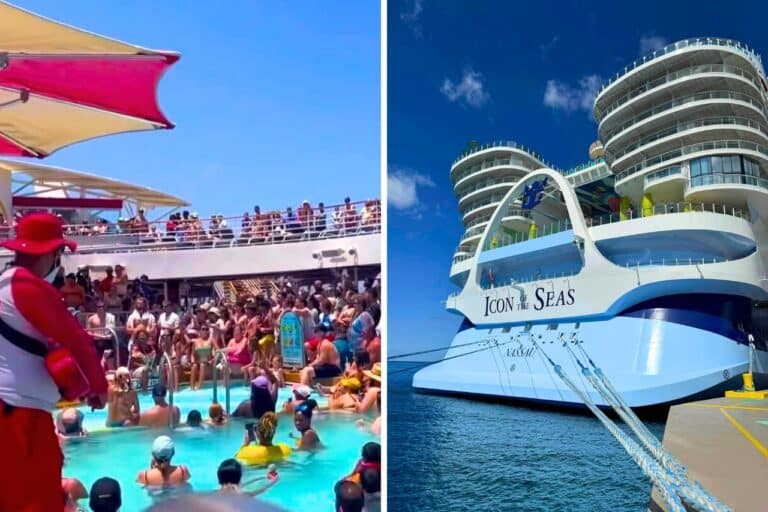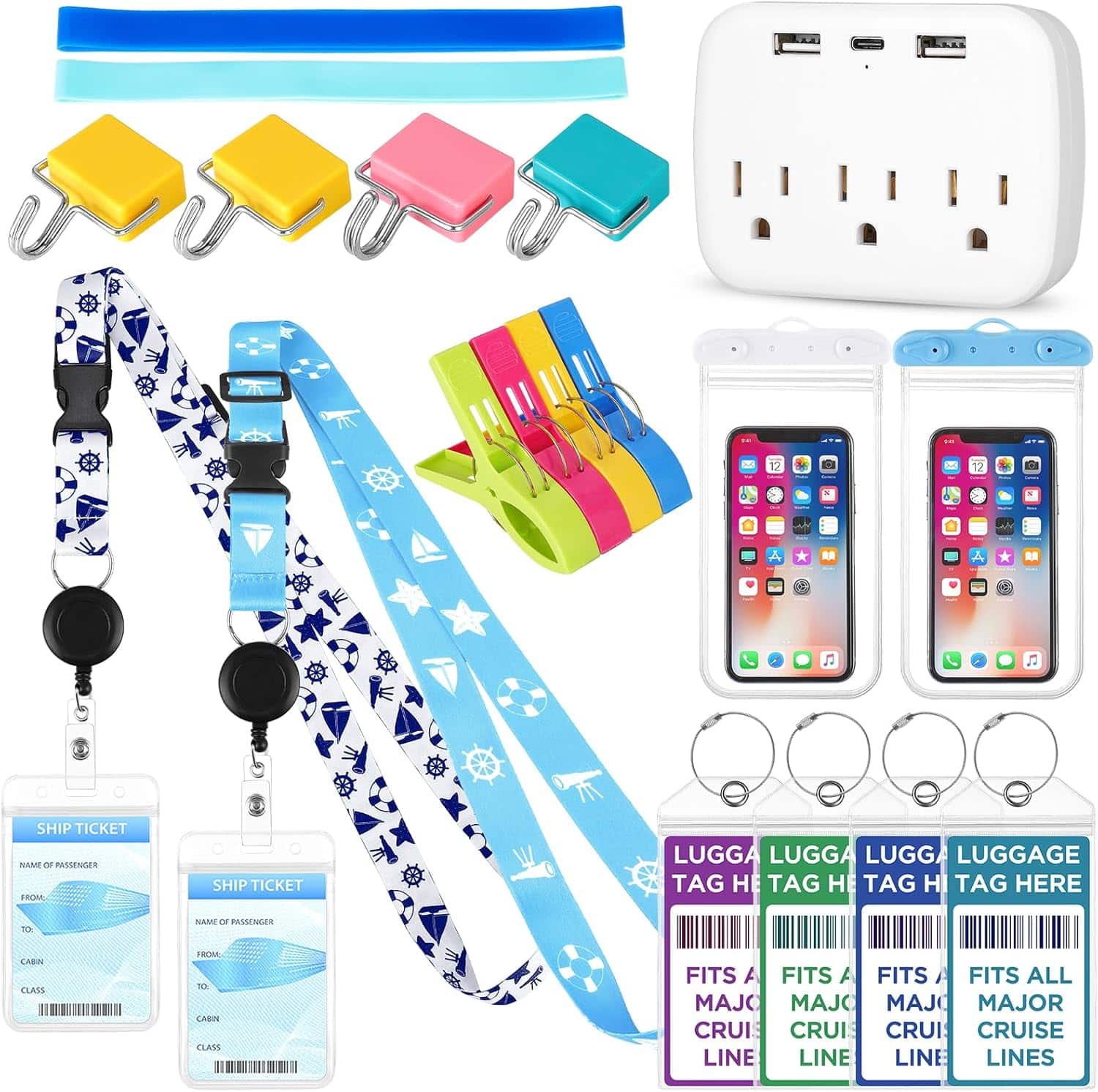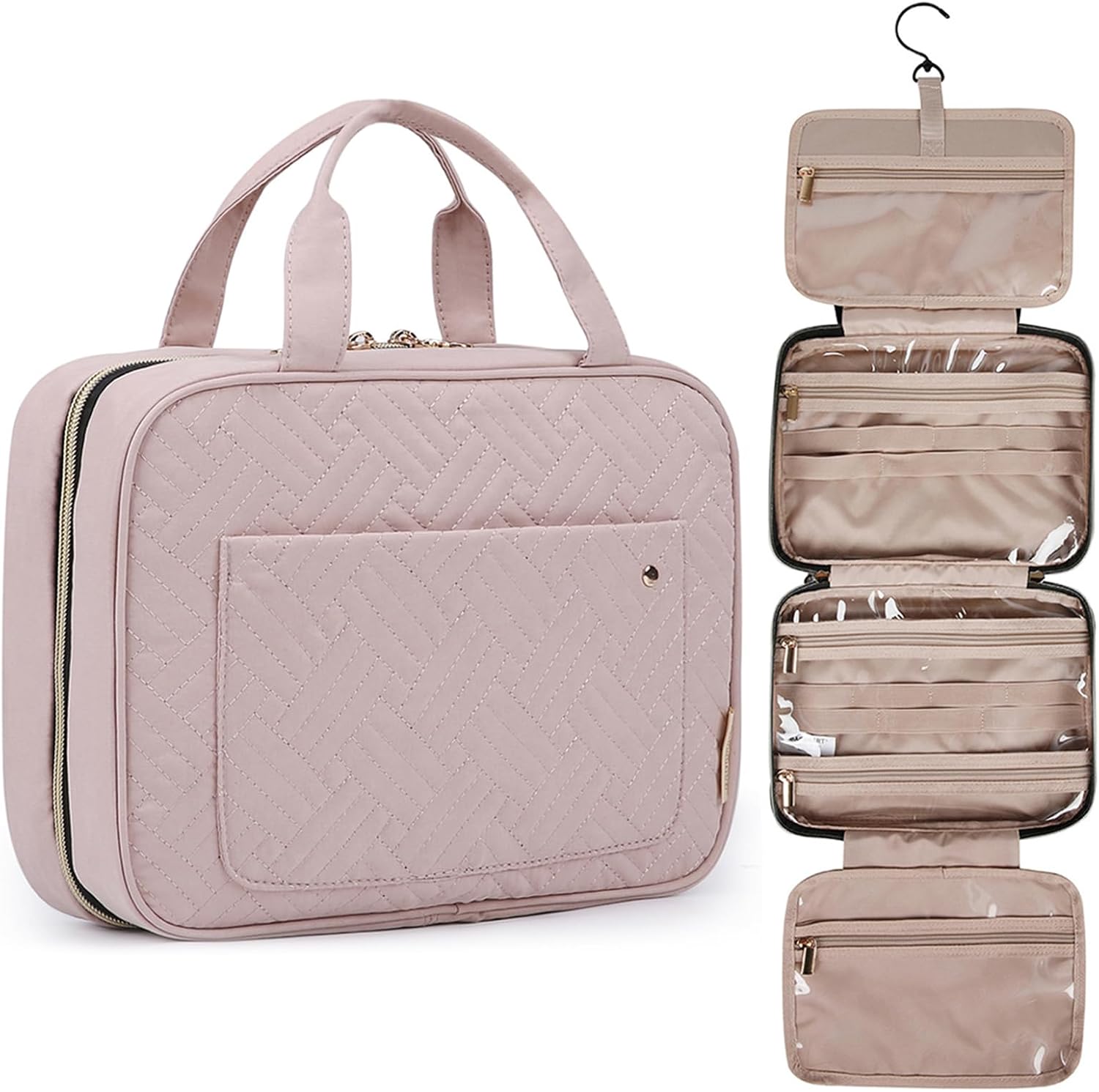As a cruise expert, I’ve seen the highs and lows of cruising. Some people believe that all cruises are similar, but that’s absolutely not true.
The world of cruising has changed a lot in recent years: new ships are being launched very frequently, the number of passengers continues to increase, and new ways of cruising (e.g., thematic cruises) are arising.
Usually, all cruises have upsides and downsides, and there are certain types that even experienced travelers might want to steer clear of.
Let’s see what these types are and why you should avoid them.
1. Maiden Voyages
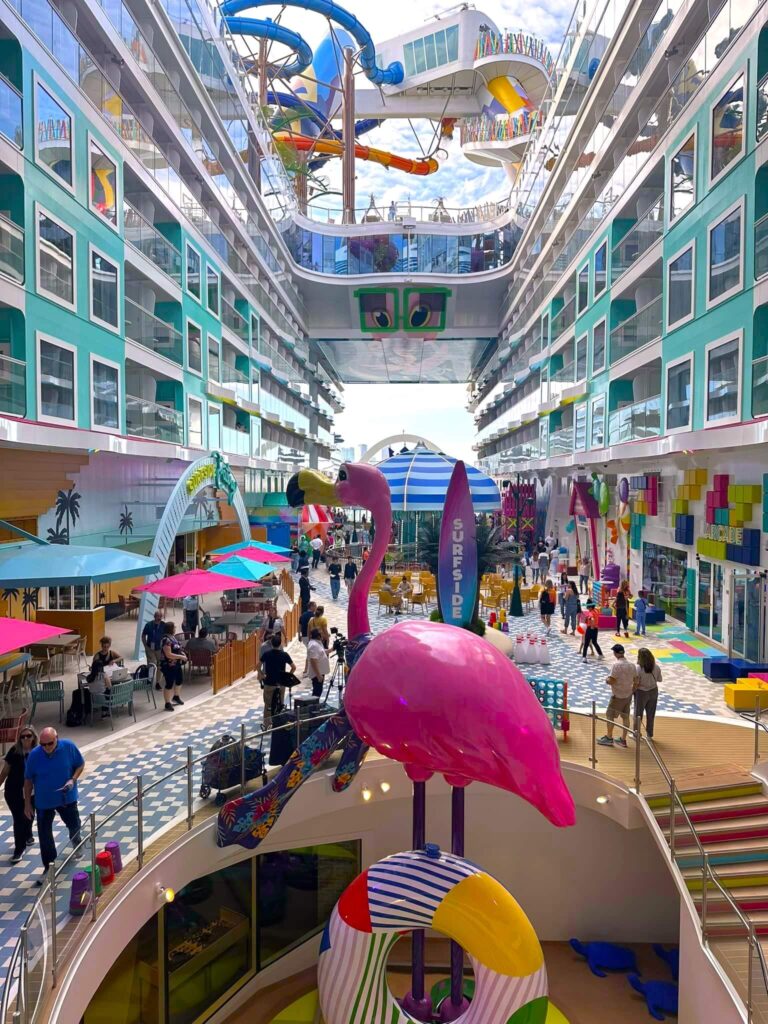
I know that for many people it might seem great to be the first ones on a cruise ship.
You will be the first to sleep in that bed, the first to use that bathroom, and of course, everything on board will be brand new.
However, the reality is quite different. It is clear from passengers’ stories how first cruises can be real nightmares.
You have to understand one thing: you will be among the first passengers to be on that ship, but it will be the exact same thing for the crew members.
It always takes some time to adapt to new spaces, get to know new colleagues, and get used to the new rhythms of that ship.
For this reason, in my opinion, first voyages on new cruise ships should always be avoided.
2. Extremely Popular Times
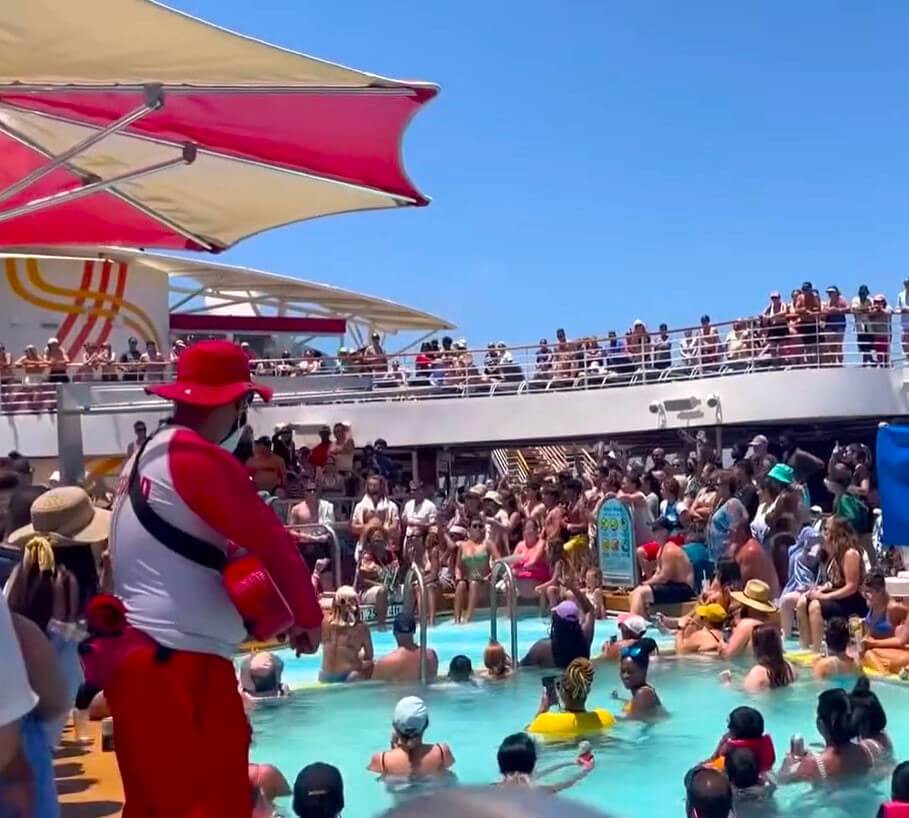
I know that for some people they could be the only available times to travel, but cruises during peak seasons such as Christmas, Spring Break, and mid-summer are always overcrowded, and they can offer a less relaxing experience.
In addition, cruises during these periods come with the highest prices, as demand surges.
If the cruise ship is completely full, the onboard services and amenities may start to be negatively affected by it.
For example, there could be longer wait times and a more chaotic atmosphere.
One possible solution might be to choose smaller ships over larger ones, but if possible, I would completely avoid those peak periods.
3. Very Short Cruises
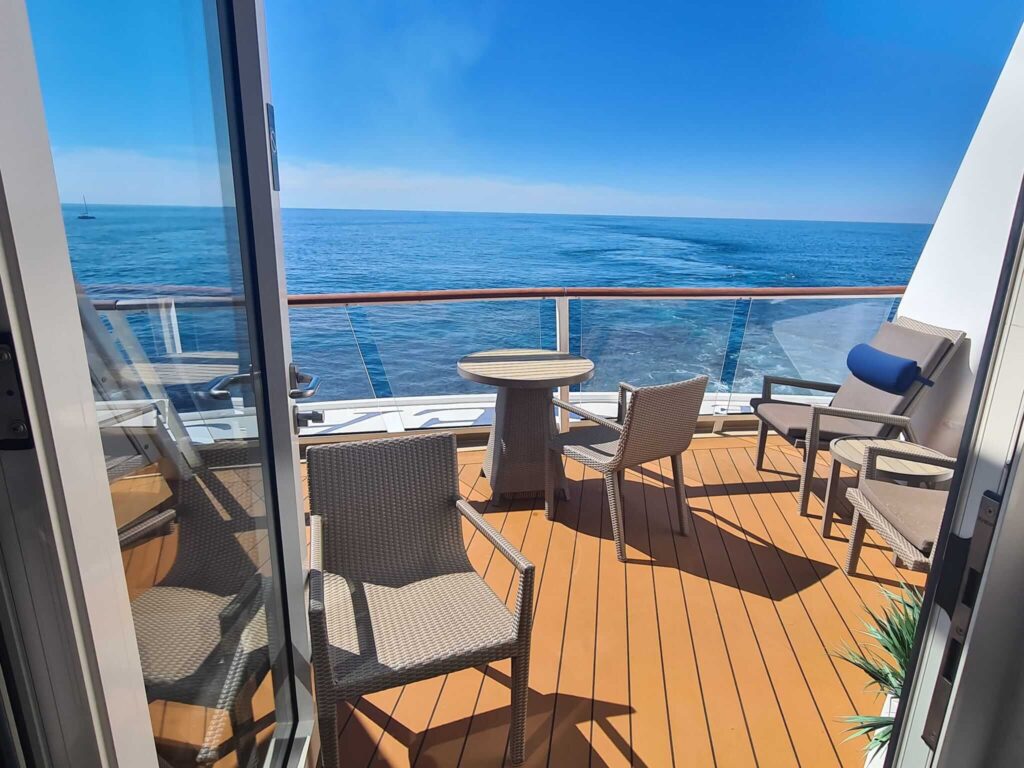
I have gone on many short cruises (when I had little free time) but I would not recommend them, especially to someone going on a cruise for the first time.
When you go on a cruise ship, especially if you’ve never been on that specific one, and it’s very large, you need a couple of days to settle in and get to know all the areas of the ship.
In a few days or only a weekend, this is not possible, and you risk having a vacation that is hectic rather than relaxing.
I usually recommend cruises of at least 7 or 10 days, but I understand that sometimes with the many commitments of daily life, this is not possible for everyone.
4. Popular Party Cruises
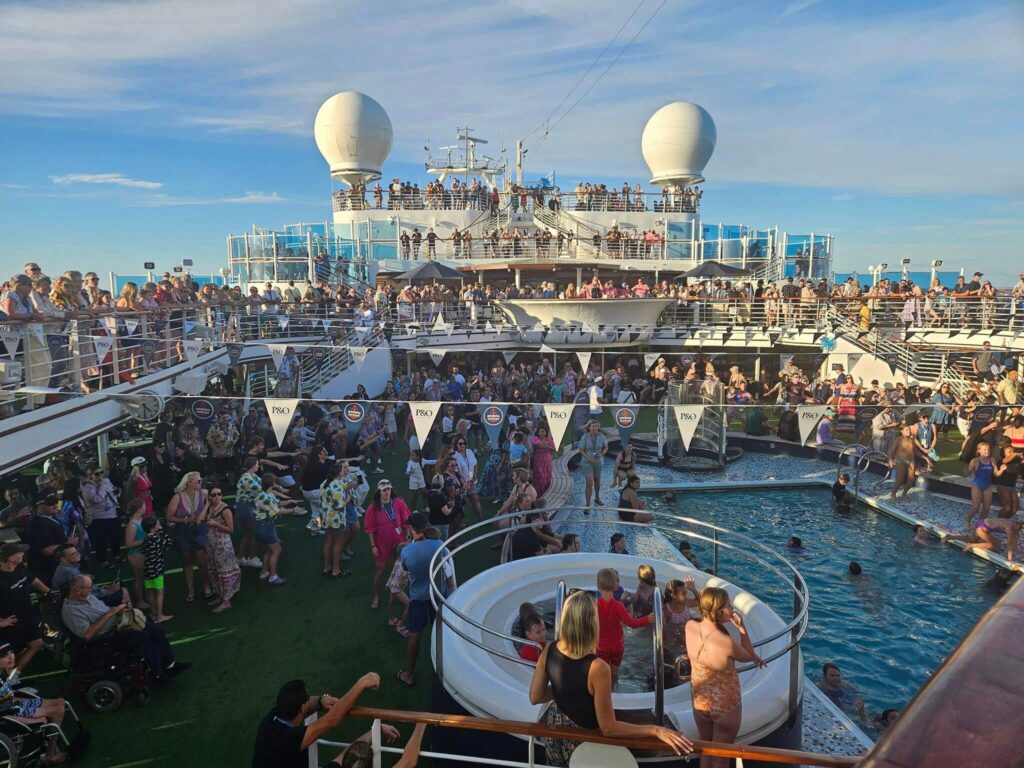
Cruises marketed towards younger crowds and timed around major holidays or weekends can turn into floating parties.
These cruises often have a lively, loud atmosphere that might not be suitable for those seeking a quiet and relaxing trip.
The party-centric environment can lead to noise at all hours, making it difficult to enjoy a peaceful vacation.
My advice is to research the cruise line and ship before booking. With a quick look on Google or social networks, you should find out right away if that is a party cruise.
BONUS TIP: Carnival tends to be more “party-focused” than other cruise lines. Choose it if you like that and avoid it if you prefer a more relaxing vacation.
5. Repositioning Cruises
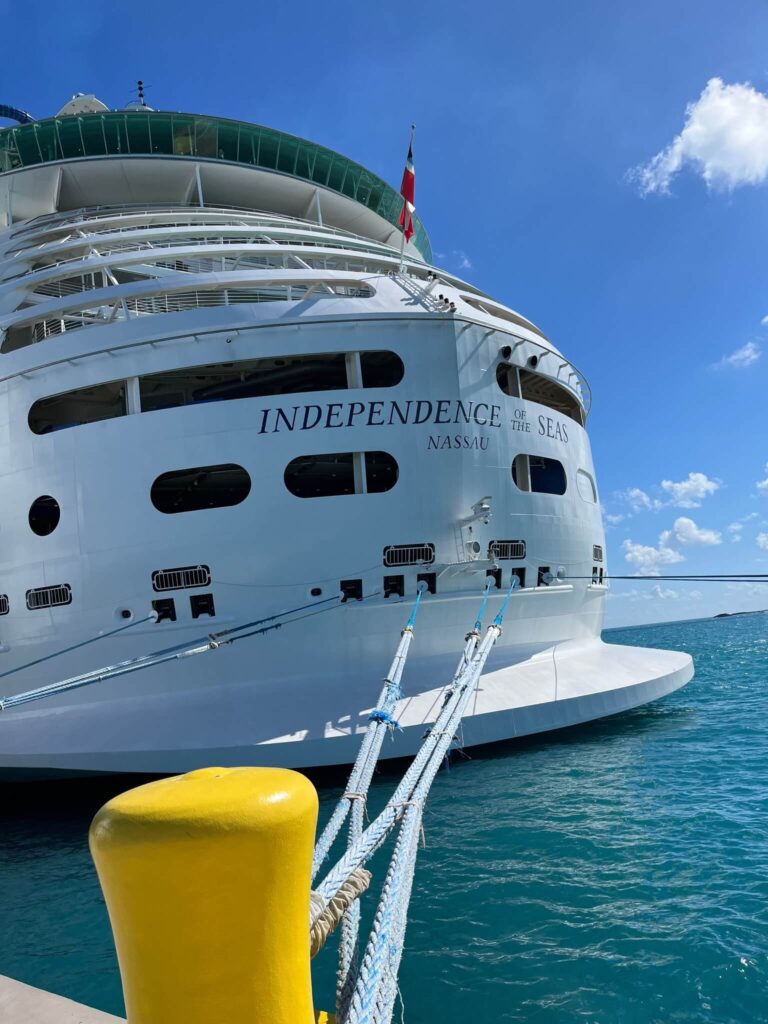
Repositioning cruises are somewhat complicated types of cruises.
They take place when ships move from one region to another (e.g., from the Caribbean to the Mediterranean, or from Alaska to the Caribbean).
As I said in the article about the travel hacks only cruise pros know, some people love them because they can be quite cheap.
However, they also have many negative aspects:
- They start and end at a different port, so you have to arrange transportation to get home.
- They typically feature more days at sea and fewer port calls.
- The weather can be unpredictable as the ship crosses different climates.
- The variety of activities and entertainment onboard might be limited compared to regular itineraries.
I must admit that I have been on repositioning cruises (I think two if I am not wrong). I enjoyed them, but again, you should avoid them if you’re not an experienced cruiser.
6. Cruises During Hurricane Season

Other cruises that I suggest you avoid are those during hurricane season.
For more detailed information, I recommend the article where I explained what happens if there’s a hurricane during a cruise.
In short, there’s no real risk for passengers since modern cruise ships have all the tools to predict and avoid hurricanes.
The only problem is that inclement weather leads to itinerary changes and some ports of call may be cancelled.
This is definitely not a pleasant thing, since there is not even a refund in these cases.
7. Cruises Before Dry Dock
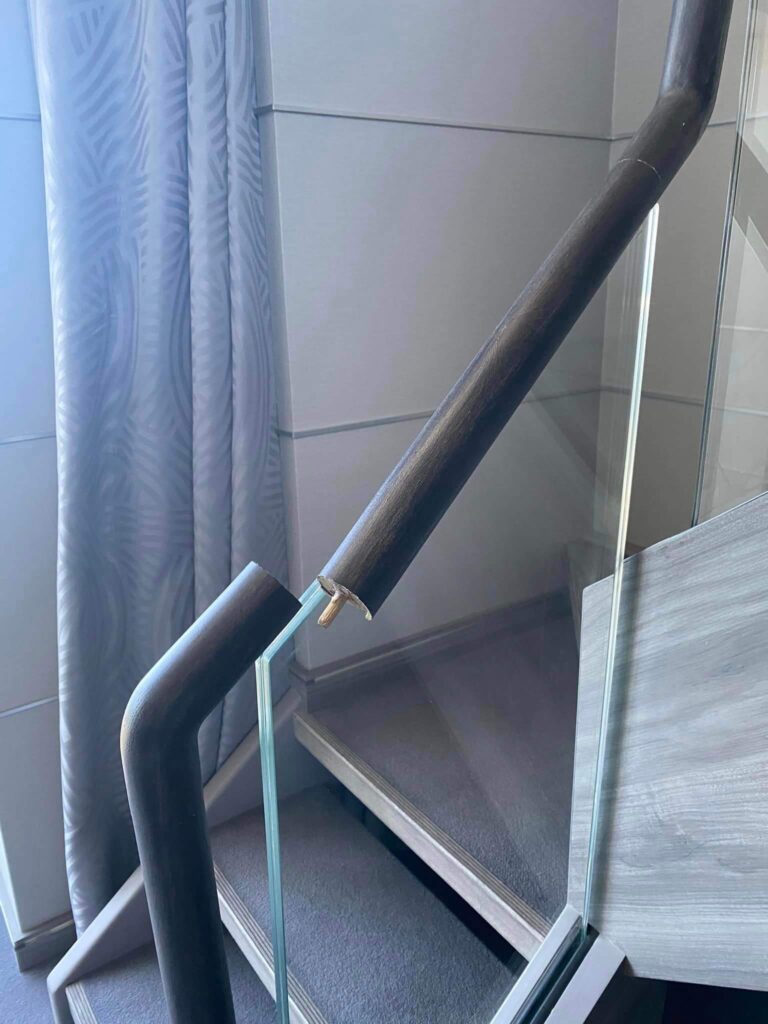
I don’t know if you’re aware of it, but cruise ships go into dry dock usually every 3 years.
It’s a procedure used to inspect the ship and do some maintenance.
Things that have broken during voyages may be repaired, furnishings may be changed, and interior and exterior areas repainted.
If you go on the ship right before dry dock you can notice worn or dated furnishings and carpets, and you may notice some preparation work that the crew may have already begun to do.
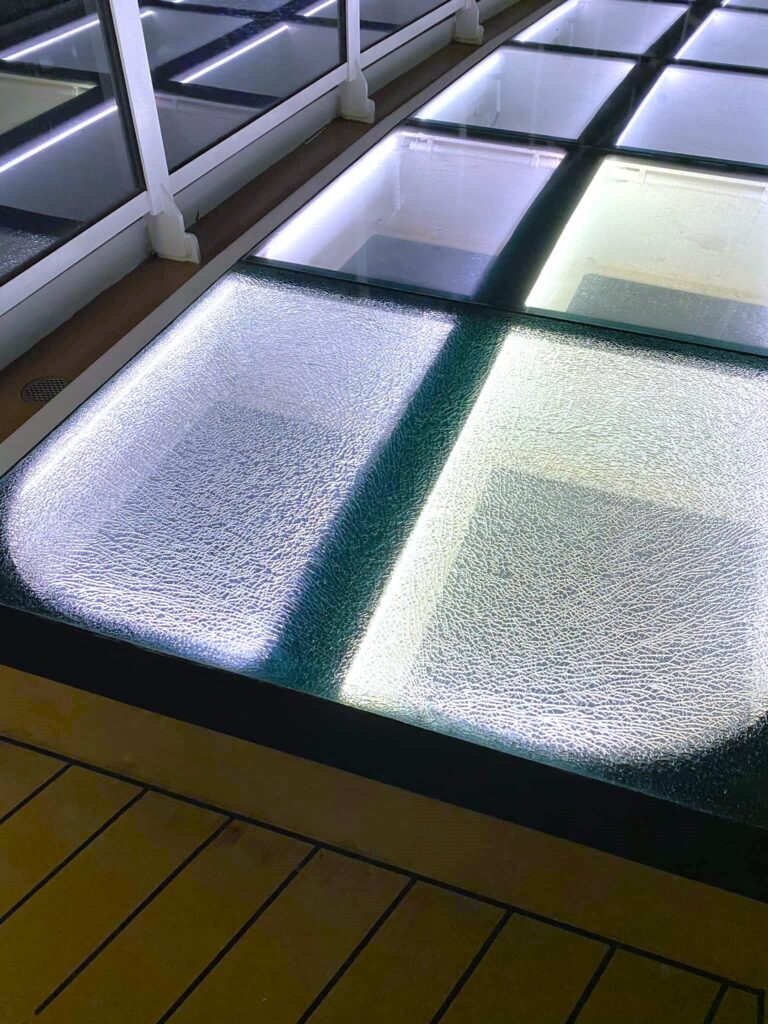
But how can you know when a cruise ship goes into dry dock? Simply look at the itinerary.
If there’s a gap in the schedule that’s probably the reason. You can also reach out to the cruise line to ask for confirmation.
In addition, you could look at the list of the dirtiest cruise ships. It is not always certain, but the ships with lower ratings might be the ones that require more maintenance.
includes non-surge power strip, lanyards, luggage tags, magnetic hooks and more!

